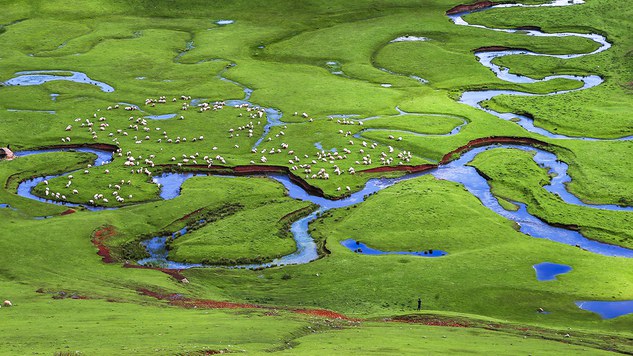Restoring floodplains would improve state of water, ecosystems and climate protection in Europe

Areas next to rivers hold potential for cost-effective flood protection and improving the health of an entire river ecosystem. According to a European Environment Agency (EEA) briefing published today, restoring European floodplains closer to their natural state would contribute to the achievement of several European Union policies. Estimates suggest that 70-90 % of Europe’s floodplain area is ecologically degraded.

The EEA briefing ‘Why should we care about floodplains?’ analyses the potential benefits of restoring natural areas next to rivers that are covered by water during floods. According to the analysis, these areas can deliver valuable cultural and ecosystem services, including a cost-effective alternative to structural flood protection.
Climate change is expected to increase the number of both floods and droughts in different parts of Europe. During heavy rainfall, floodplains allow more space for the water to spread, preventing high flood waves that travel fast down the river. During dry seasons, floodplains slowly release the water they have stored, mitigating the worst impacts of droughts.
Besides flood and drought protection, natural floodplains can prevent erosion, improve soil formation, purify water replenishing groundwater reservoirs and support the conservation of habitats and species, including many birds. However, the vast majority of European floodplain habitats are in either inadequate or bad conservation status, the EEA briefing states.
Currently, the protection and restoration of floodplains is encouraged by the Water Framework Directive, the Floods Directive, the Habitat and Birds Directives, the EU 2020 Biodiversity Strategy, the Green Infrastructure initiative, and the EU Climate Change Adaptation Strategy, but not explicitly required.
Source: European Environment Agency

